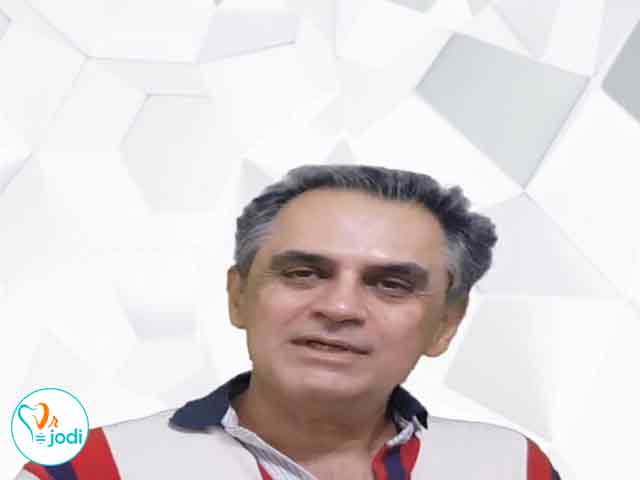The relationship of the implant body and functional surface

The relationship of the implant body and functional surface

The relationship of the implant body and functional surface:
Forces imposed on implant can be assessed in terms of volume (size and intensity), duration, type and direction.
Surface affected by forces are also related to the above mentioned properties and are effective on the amount of stress on the implant. Stress is equal to the surface area divided by the force (S=A/F). So, for reducing stress on the surface it is necessary to reduce force or to increase the surface.
In bone with fixed volume, it is necessary to amend the implant surface for withstanding functional forces. Functional surface means a surface that can transfer compressive forces to the bone-implant contact surface.
Functional contact surface is effective in reducing mechanical stresses on the bone. The highest stress on the bone-implant contact surface in D1 and D3 bones are inserted in 5 to 9mm of implant crest. Therefore, a suitable implant body design in coronal area (2mm) is necessary for distribution of occlusal stresses (vertical chew forces) to the bone.

For example, an implant with a 9mm v-shaped thread or an implant with reverse thread has a greater contact surface in comparison with implant with a 13mm square thread. But functional surface which is the biomechanics compressive forces bearing area in high stress areas can be larger in 13mm implant Because of the design and thread geometric shape. Functional level also play an important role in identifying BIC (implant – bone contact) areas and it can play a significant role in identifying bone density and initial loading.
D1 bone is the hardest bone in both jaws and has the highest tensile modulus (MOE) and also has the largest basic BIC which is about 80%. D2, D3 and D4 bones have less initial implant-bone contact surface. D5 bones have a surface contact of 25% with implant during initial restoration and removing Titanium cover. So, the geometry of implant body is related to its length and also bone density of the functional surface.
D4 bone has the least biomechanical strength and minimum BIC in comparison to implants in D1 bones.
The diameter of an implant influences on the body length of the implant because the functional surface is increased. In most of the cases, increasing the forces and low bone density (such as posterior areas of the mouth) is not compensated by the diameter of implants. An ideal treatment plan should include an implant with a length of 12 mm or more and a diameter of 4 mm in anterior areas and 5 mm or more in posterior areas. If complementing an implant with proper size is impossible due to insufficient bone, you can change the implant body instead of bone implant and as a result, functional contact surface will be increased to solve this problem.















